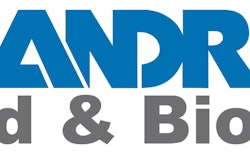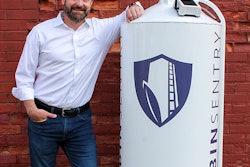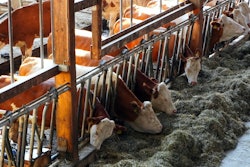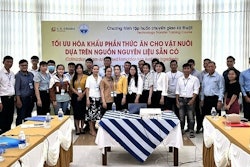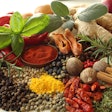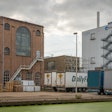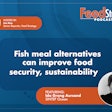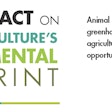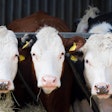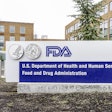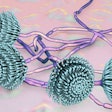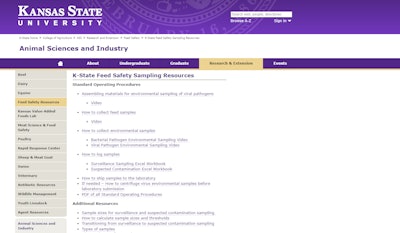
K-State Animal Sciencesand Industry recently updated its website and added newfeed sampling resourcesto the site atKSUFeed.org.
These resources were made as part of a preliminary exam project for one of the doctorate students — Grace Houston, DVM, associated with the feed safety team.
“The concept of feed safety or applyingbiosecurityto a feed mill and feed delivery system, has become more common in the swine industry to limit pathogen introduction into feed mills or production locations,” Houston explains.
“These resources were designed with the intent of meeting the industries need for sampling resources of pathogens within feed mills.”
Implementing a sampling program to measure the amount of potential pathogen contamination within a feed mill is challenging given the uncertainty of sample size and minimal standardization for sampling techniques.
Given these discrepancies, there is an industry need for sampling resources for feed mills and production systems if concerned about feed safety.
“The goal was to create resources that could be accessed by anyone who is interested in creating a feed safety sampling program at feed mills,” she adds. “These resources have also been formatted in a variety of different ways so that a wide range of people can utilize them.”
Resources organized by audience
资源是基于th分成两种类型e intended audience – standard operating procedures and additional resources.
The standard operating procedures instruct feed mill employees on how to take feed and environmental samples, how to log samples, and how to ship samples to the laboratory.
The additional resources on the other hand, instruct veterinarians, feed mill managers or nutritionists on sample size, the types of samples, where to collect samples, how to interpret results from laboratory analysis, and strategies to reduce contamination.
Most of the resources are in PDF format but some standard operating procedures are also in video format or excel spreadsheets.





